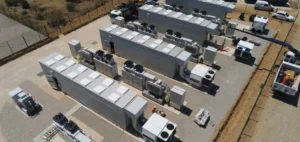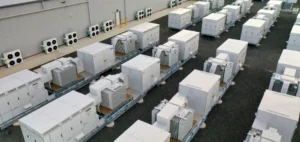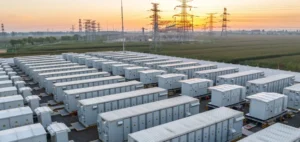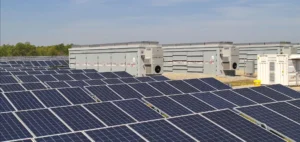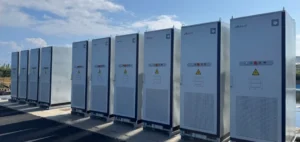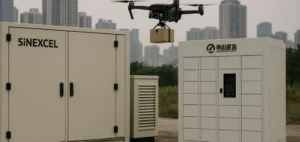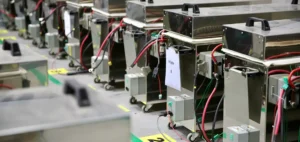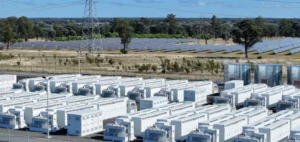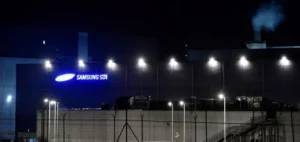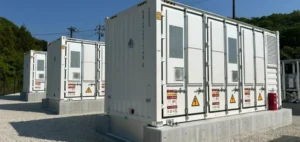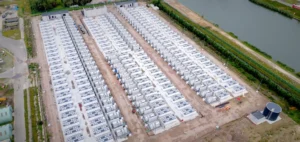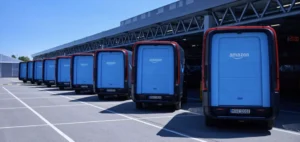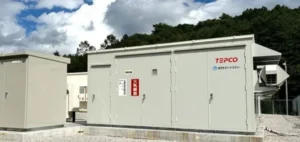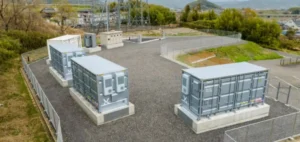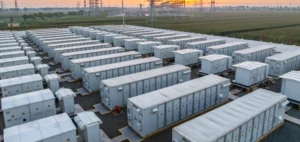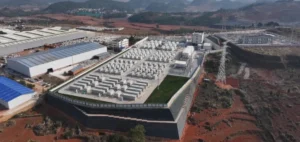China’s largest electrochemical energy storage project, with a capacity of 600MW/2400MWh, has completed installation of all its storage units at the initial site, officials reported on June 10. Backed by Shenzhen Sinexcel Electric Co., Ltd. (Sinexcel), the facility now enters the energisation stage, marking the start of electrical testing and pre-operational maintenance.
A high-complexity infrastructure requiring advanced maintenance
The installation is the country’s first to combine Ultra High Voltage (UHV) transmission with solar, wind, thermal, and storage energy sources. It includes 240 battery containers and 60 Power Conversion System (PCS) units. Once operational, the site is expected to inject 840GWh of renewable electricity annually into the grid. Each full charge stores up to 2.4GWh, enough to cover the daily electricity needs of 480,000 households or charge 36,000 electric vehicles with a 500km range.
Technical supervision begins during the testing phase
Initial maintenance covers both energy management software interfaces and the physical components of the PCS units, provided by Sinexcel. Each 1725kW PCS is designed to support grid stability through rapid response times and modular architecture. The equipment is compatible with various battery technologies and allows configurations suited for industrial applications, microgrids, and front-of-the-meter systems.
In parallel, a second 220MW/880MWh project has been commissioned in Ningxia, integrating solar generation and storage. Also equipped with Sinexcel’s 1725kW PCS systems, the facility has been connected to the grid to optimise the use of intermittent production. It is expected to supply around 200GWh of electricity annually.
Technical standards and equipment durability
The PCS design includes multi-string technology for enhanced battery protection, combined AC/DC output for simplified integration, and NEMA 3R-certified cabinets built for extended outdoor use. Maintenance operations benefit from quick access to critical components through a modular layout, enabling localised intervention without service interruption.
The systems are certified to meet regulatory standards in North America, Europe, Australia, Japan, and China, ensuring compliance and easing maintenance across diverse legal frameworks. Sinexcel reports over 12GW of installed capacity worldwide, deployed across more than 5,000 sites in over 40 countries.




